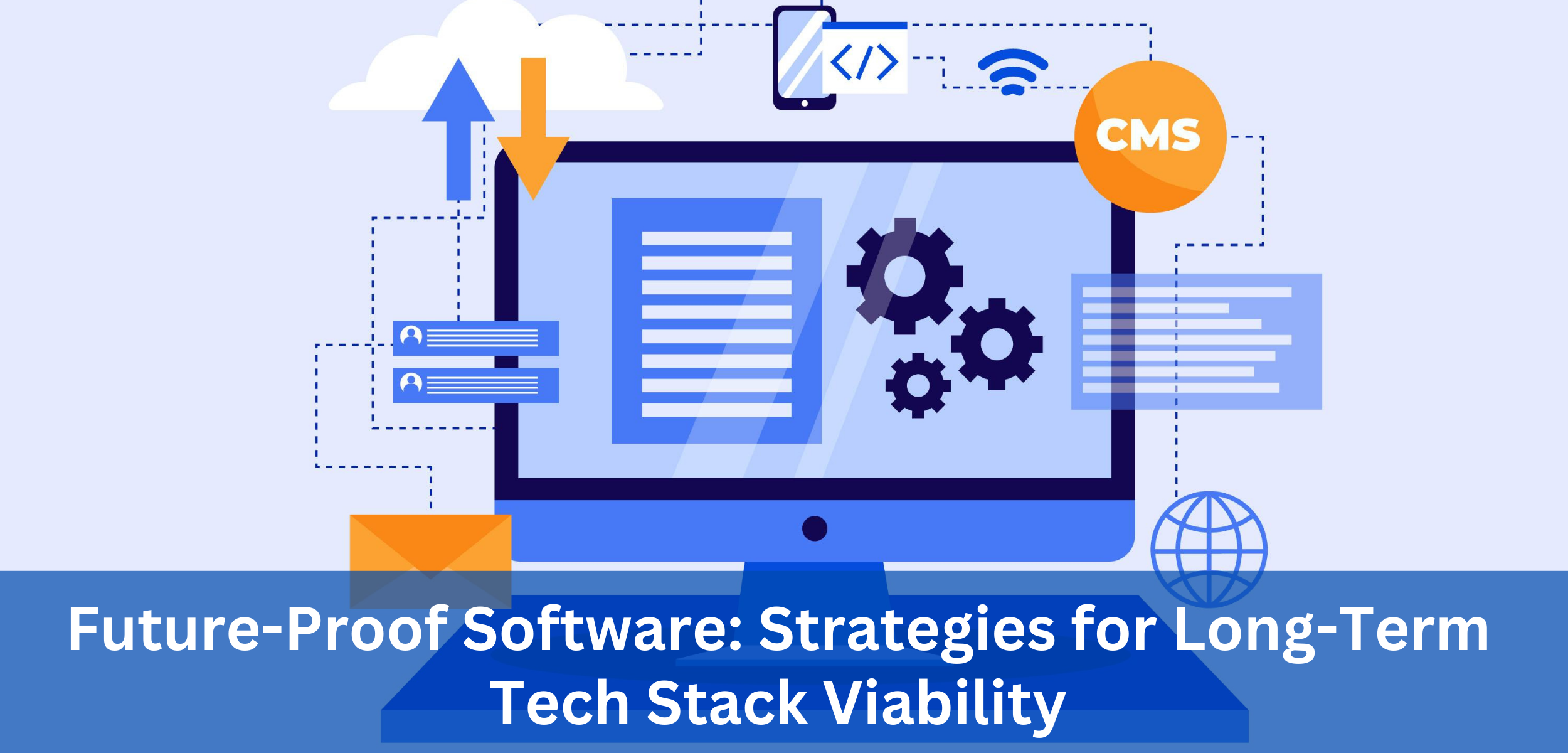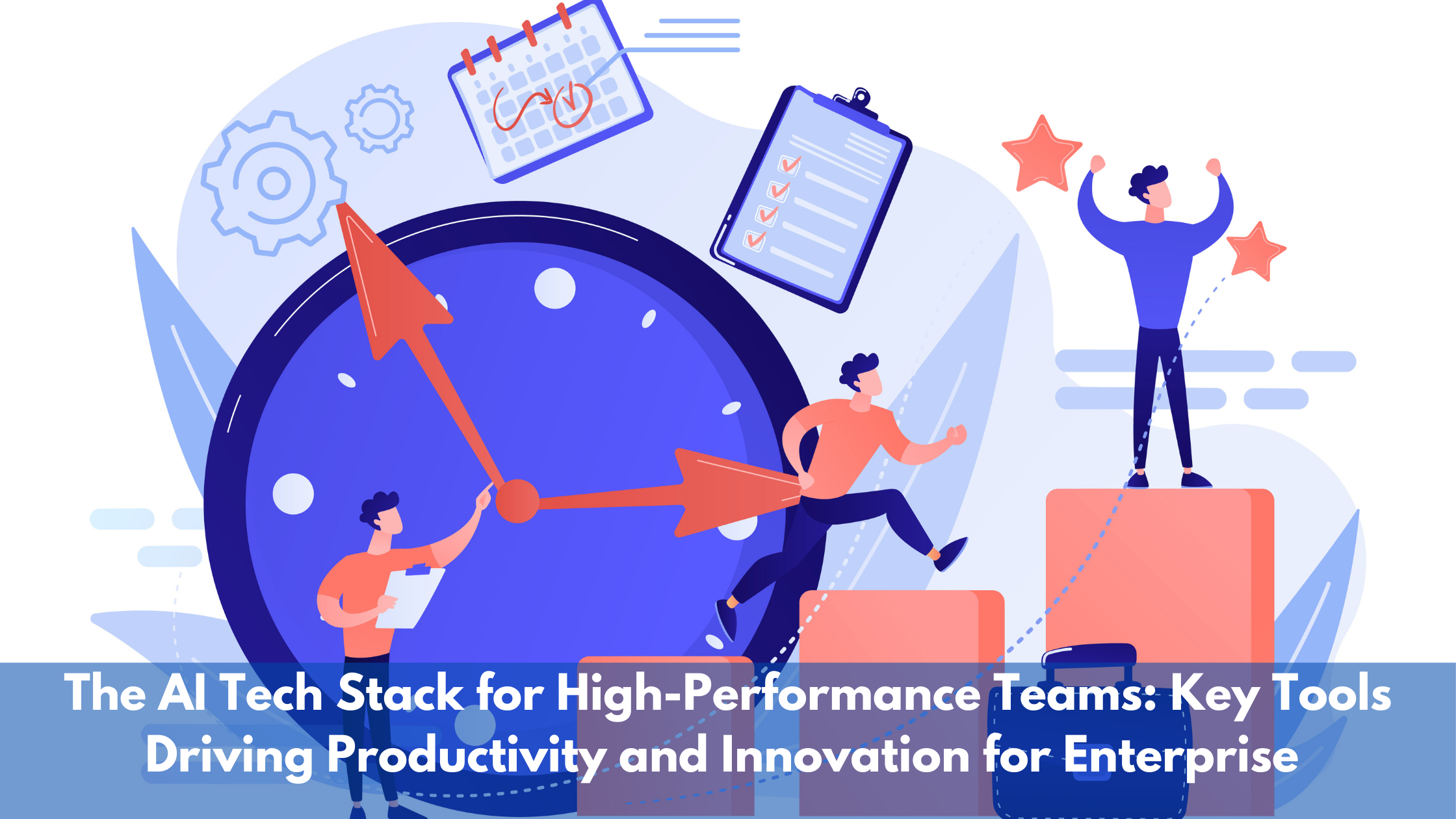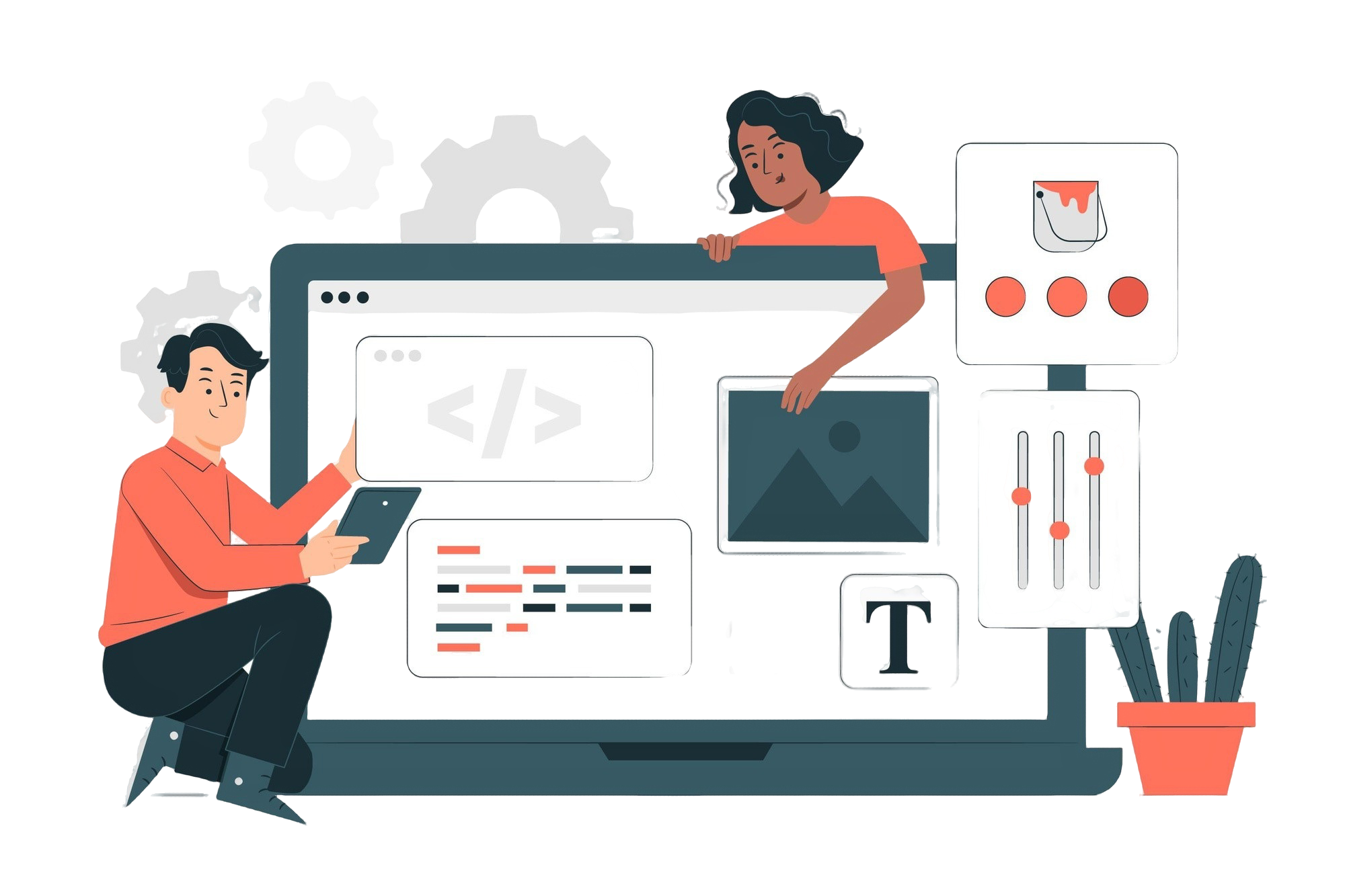The rapid pace of technological advancements poses a challenge for businesses striving to maintain a relevant and efficient tech stack. Outdated software architectures lead to inefficiencies, increased costs, and reduced agility. Future-proofing software is no longer optional—it is a strategic necessity to ensure long-term success.
According to PwC’s 27th Annual Global CEO Survey, 45% of CEOs believe their business will not remain economically viable over the next decade if they continue on their current path. (Source: PwC) It underscores the urgency for businesses to proactively evolve their tech stacks.
Why Future-Proofing Matters
Technology investments must stand the test of time. Without future-proofing, businesses face:
- Rising Maintenance Costs – Outdated systems demand constant patching and fixes.
- Scalability Challenges – Legacy architectures fail to handle increasing workloads.
- Security Vulnerabilities – Older frameworks lack modern security features, increasing cyber risks.
- Integration Roadblocks – Rigid systems limit adaptability to new technologies and tools.
- Competitive Disadvantage – Companies that struggle with outdated tech lose agility and innovation opportunities.
A future-proof approach minimizes disruptions, optimizes costs, and ensures that software remains a business asset, not a liability.
To mitigate these risks, organizations must adopt a proactive strategy that ensures long-term viability. The next section outlines key strategies that can help businesses stay ahead of technological shifts while maintaining operational efficiency and security.
Executing a Future-Proof Strategy
Once organizations align with core principles, execution becomes key. Here’s how to implement future-proofing:
Step 1: Choose the Right Tech Stack
Selecting the right technologies ensures long-term sustainability.
- Opt for widely adopted programming languages like Python, Java, or Rust.
- Use well-supported frameworks such as React, Django, or Spring.
- Leverage hybrid cloud models for operational flexibility.
Step 2: Implement Continuous Modernization
Keeping technology updated prevents obsolescence.
- Conduct regular tech audits to identify outdated components.
- Use automated refactoring tools to optimize legacy code.
- Adopt Agile and DevOps practices to maintain continuous improvement.
Step 3: Leverage AI and Automation
AI-driven solutions optimize performance and efficiency.
- Utilize AI-powered coding assistants like GitHub Copilot for development speed.
- Implement predictive analytics to identify system failures before they happen.
- Automate scaling mechanisms to adjust resources dynamically and cost-effectively.
Pitfalls to Avoid When Future-Proofing Software
Even the best future-proofing strategies can fail if common mistakes are overlooked.
1. Over-Engineering Architecture
Adding excessive microservices increases complexity and maintenance overhead. Keep it balanced.
2. Ignoring Technical Debt
Delaying software updates leads to security risks and inefficiencies. Address technical debt proactively.
3. Misaligned Tech Investments
A tech stack should support business goals, not dictate them. Ensure technology choices align with long-term objectives.
Key Strategies for Long-Term Tech Stack Viability
To build software that withstands technological shifts, organizations should focus on the following strategies:
1. Adopt a Modular and Scalable Architecture
Building software in modular components ensures flexibility. Microservices and containerization enable easier upgrades and integration with emerging technologies.
2. Prioritize Cloud and Hybrid Solutions
Cloud-native and hybrid infrastructure provide cost-efficiency, scalability, and resilience. Leveraging serverless computing and multi-cloud strategies ensures adaptability to future needs.
3. Standardize Development and Security Practices
Establishing coding standards, CI/CD pipelines, and DevSecOps frameworks helps maintain security and code quality, reducing long-term maintenance efforts.
4. Continuously Monitor and Optimize Systems
Implementing AI-powered observability tools and predictive analytics helps businesses detect performance issues early, reducing downtime and operational costs.
5. Invest in Developer Training and Culture
Technology evolves, but teams must evolve with it. Continuous learning programs ensure engineering teams stay updated on the latest frameworks and best practices.
Conclusion: Future-Proofing is a Continuous Process
Future-proofing software is about building adaptable, scalable, and secure technology that aligns with business growth. Organizations that proactively evolve their tech stacks will reduce costs, improve agility, and gain a competitive edge.
Evermethod, Inc., specializes in helping businesses implement long-term, scalable software solutions tailored to their evolving needs. Contact us today to future-proof your technology strategy and stay ahead in a dynamic digital landscape.
Get the latest!
Get actionable strategies to empower your business and market domination
.png?width=882&height=158&name=882x158%20(1).png)

.png/preview.png?t=1721195409615)

%2013.png)


